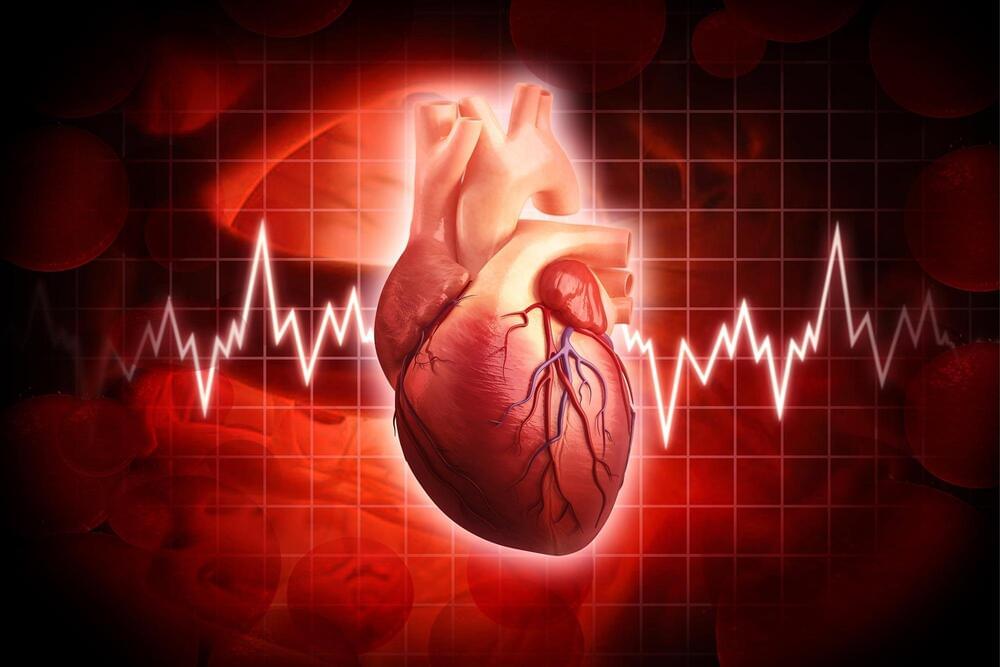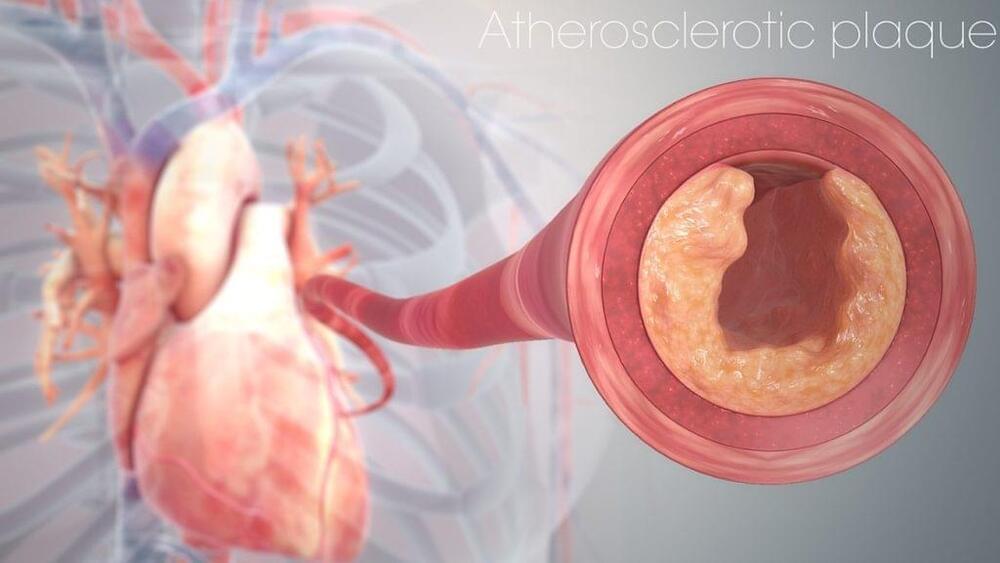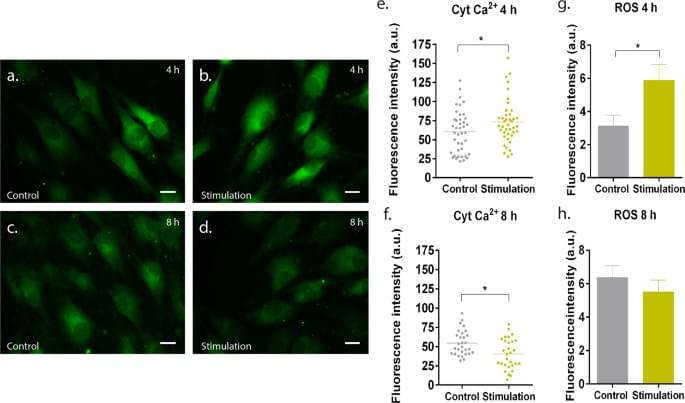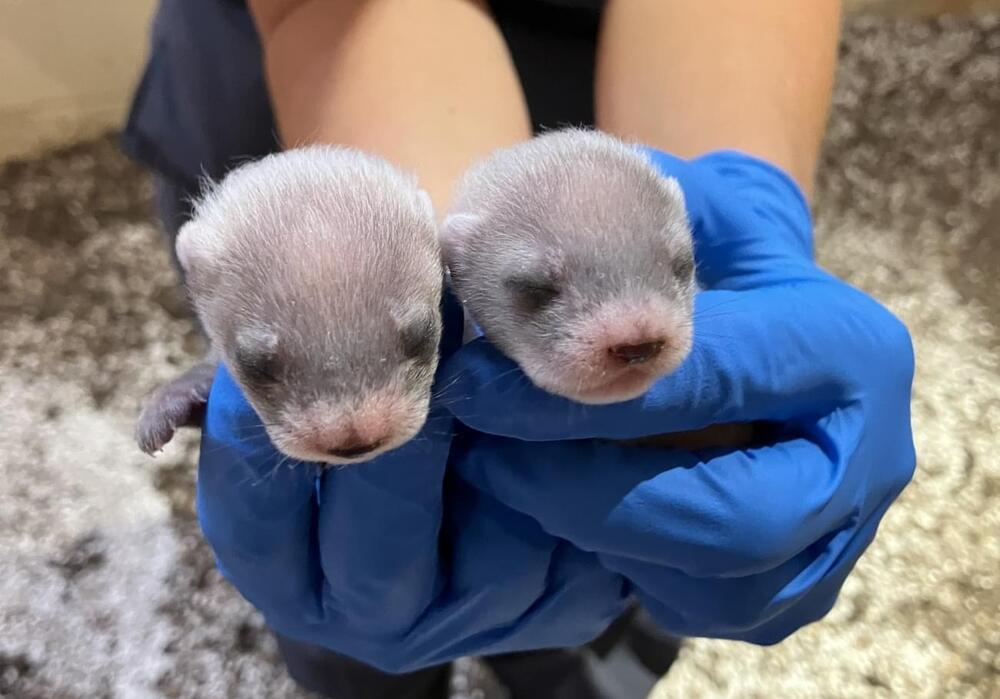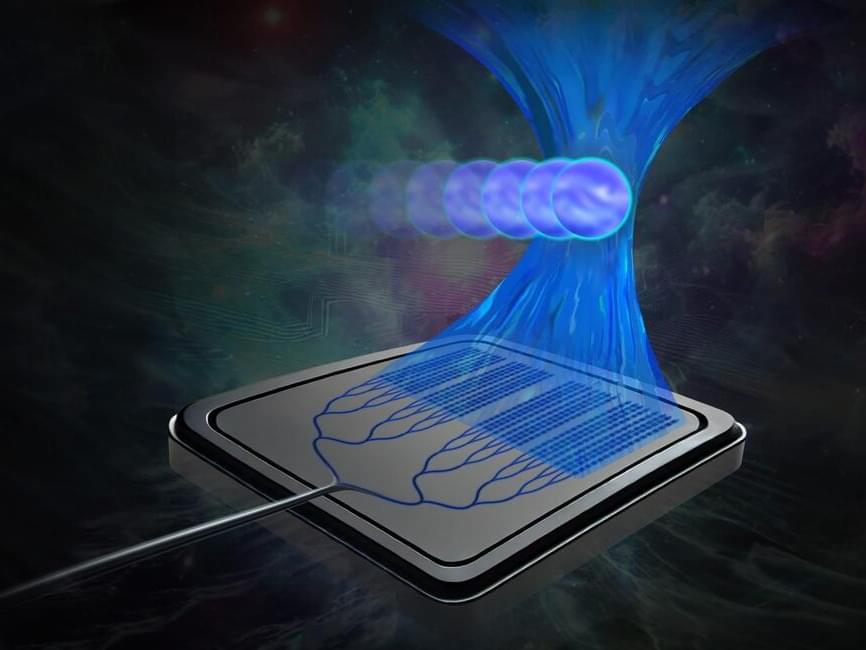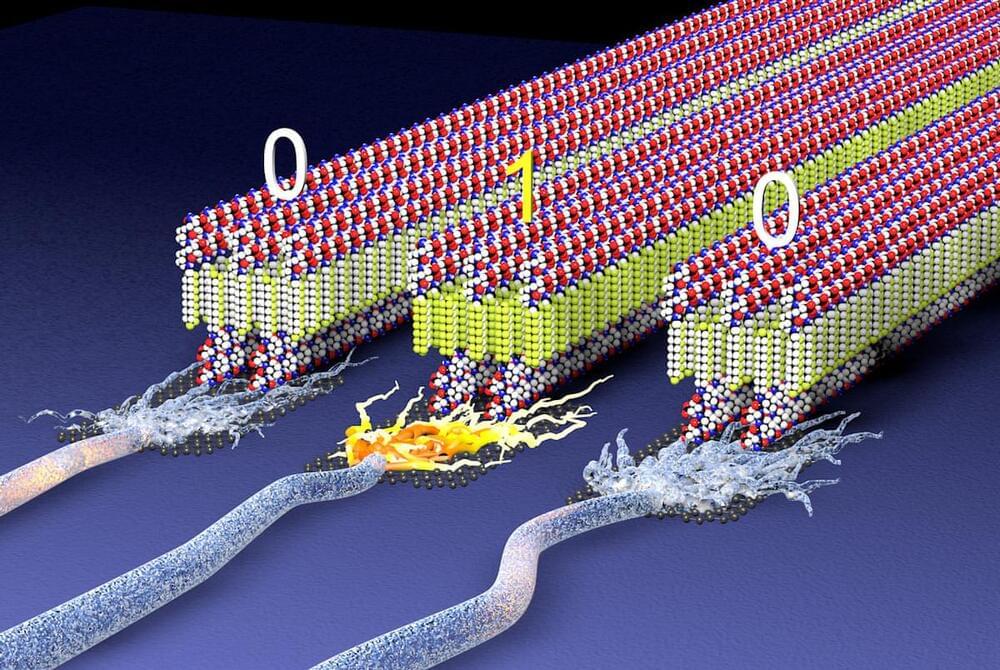New research indicates that people who contracted COVID-19 early in the pandemic faced a significantly elevated risk of heart attack, stroke, and death for up to three years post-infection.
Those with severe cases saw nearly quadruple the risk, especially in individuals with A, B, or AB blood types, while blood type O was associated with lower risk. This finding highlights long-term cardiovascular threats for COVID-19 patients and suggests that severe cases may need to be considered as a new cardiovascular risk factor. However, further studies on more diverse populations and vaccinated individuals are needed to validate these results.
Long-term cardiovascular risks linked to COVID-19 infection.
